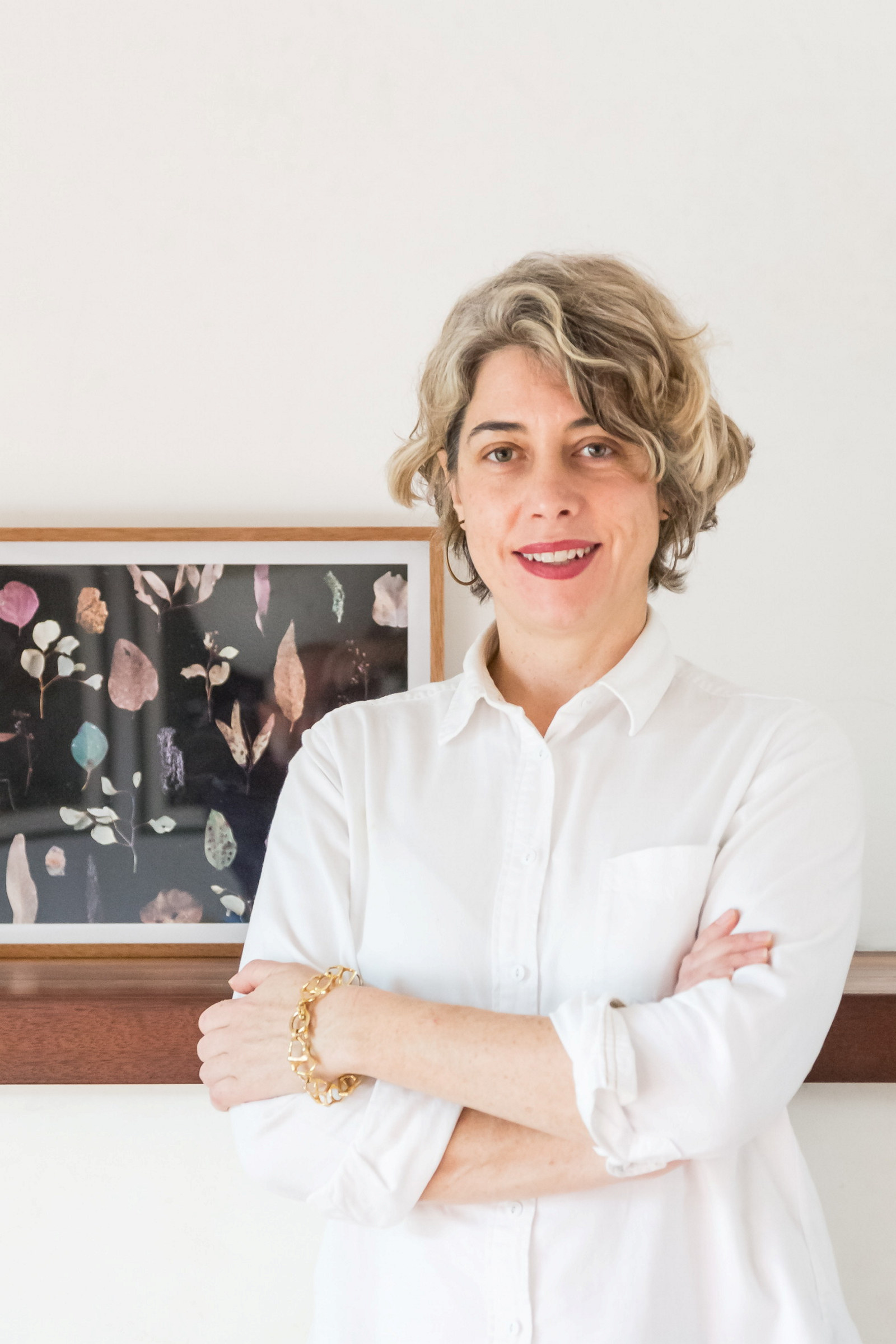Fombertaux House
Architect Jean Fombertaux (1920-1975) designed this, his own house, in 1966 at 23 Karoo Ave on a steep site at the end of a cul-de-sac in East Lindfield, on Sydney’s North Shore. Fombertaux emigrated from France with his family in 1936 aged 16, and studied architecture at Sydney Technical College, graduating in 1947.
After a period of work in Europe and South Africa (which reportedly included a job offer from Le Corbusier), Fombertaux returned to Australia in 1955. In 1960, Fombertaux joined Austrian émigré Hans Peter Oser, forming the prominent modernist architectural practice HP Oser Fombertaux & Associates. Oser Fombertaux completed a number of high profile projects including the high rise William Bland Centre (1960) on Macquarie Street, Sydney, the Toohey’s Administration Building on Mary Street, Surry Hills (1960) and the BOAC Travel Centre interior on Castlereagh Street, Sydney (1963). Fombertaux, a talented designer, played a key role in the firm.
Having purchased a vacant block on Karoo Avenue, Fombertaux used the opportunity of his own house to explore a grid design of standard construction units within an enclosing steel frame. The house was designed around a grid of 16 steel columns intersected by concrete floor plates that spiral incrementally upward around the central stair. With few room divisions, working, living and sleeping spaces are visually linked across levels.
Large windows provide wide views of the surroundings, but this openness is contrasted with the solidity of the external walls: cast concrete panels fitted into the steel frame. The floating bridge entry and sunken lounge area further play with the house’s minimalist geometry. Originally painted white with expressed black steel frame the house’s cubic form made a bold statement in its suburban setting.
Fombertaux died in 1975, aged only 56. The house has remained in the family with son and builder, Andre Fombertaux progressively maintaining and adapting it. A fine example of late modernist experimental architecture, the Fombertaux House is an important work by a talented designer.
Published on
Related

Wallpaper
Wallpaper printing rollers: from machine printing to 3D capture
In December 2022, Phyllis Murphy AM generously donated to the Caroline Simpson Library more than 3,000 wallpaper samples. While the bulk of the donation consists of wallpaper rolls, lengths and sample books, it also includes two printing rollers

House photo albums
These specially produced photograph albums (some in published form and others consisting of photographs pasted into an album) comprise images of one or more domestic dwellings and depict exteriors, interiors and gardens in NSW mostly from the late 19th to the early 20th centuries

Richard Stringer’s architectural photographs, 1968–2003
This portfolio contains 55 photo prints taken by architectural photographer Richard Stringer, dating from 1968 to 2003, documenting significant Australian domestic buildings

Barry Wollaston: historic buildings in the county of Cumberland (NSW), 1954
This collection consists of 232 photo negatives by architect and photographer Barry Wollaston of buildings in the Sydney region considered by the Royal Australian Institute of Architects in the early 1950s to be of architectural and historical value
